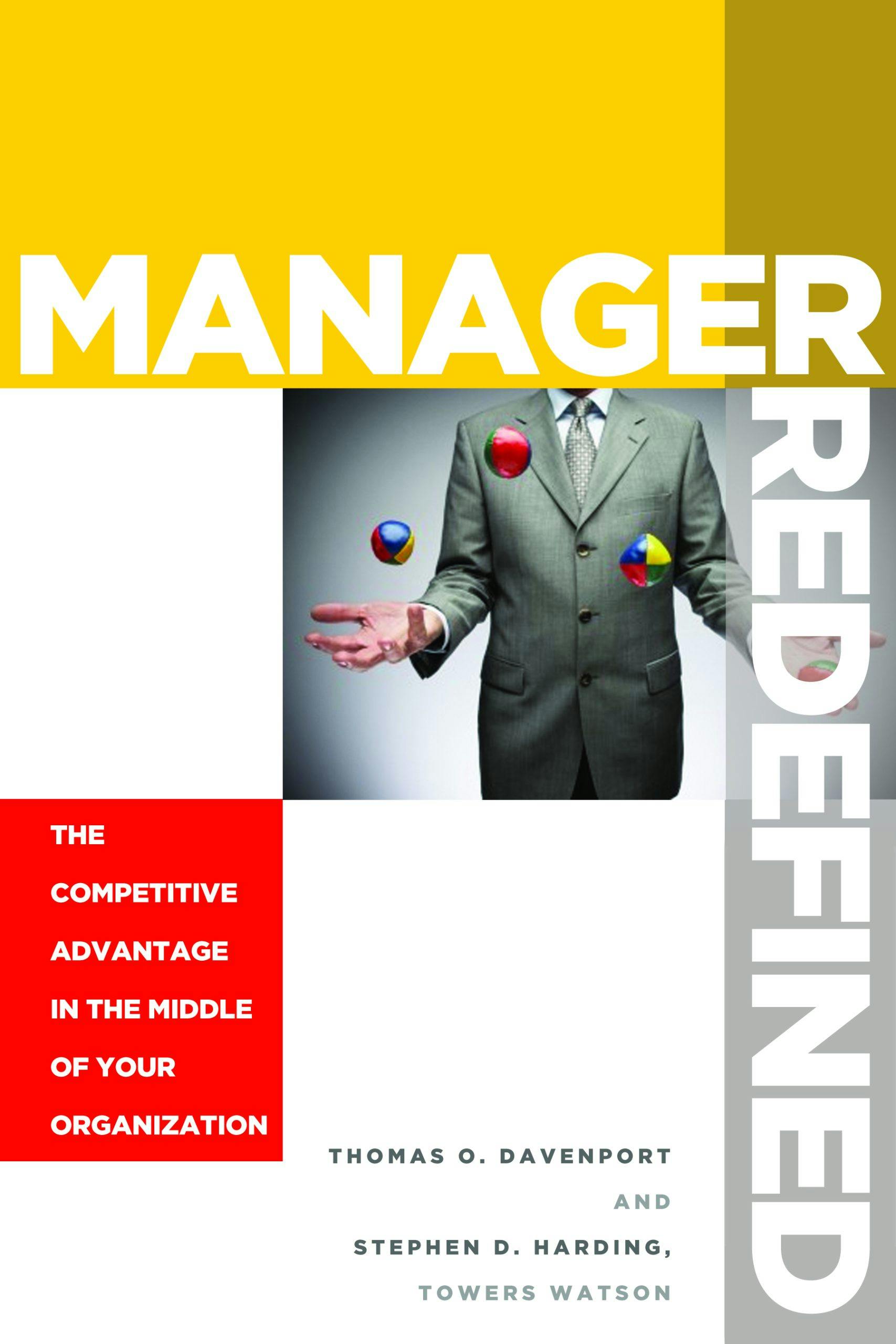By Thomas O. Davenport and Stephen D. Harding
It is difficult to overestimate the motivational power many executives and most organizations ascribe to financial rewards. “Pay for performance” has become a largely unchallenged, albeit aspirational, foundation for reward strategies.
Among respondents to the Towers Watson Reward Challenges and Changes survey, only 18 percent say their organizations have no formal program for differentiating performance and steering comparatively higher levels of financial rewards to people designated as high performers.
Stanford Professor Jeffrey Pfeffer goes to the heart of the matter when he says, “The big push for incentive pay stems from a belief that if employees were just compensated appropriately, virtually every organizational and management problem could be solved.”
And how well do the programs actually work? Not very well, if you ask employees.
The challenge: matching pay to performance
Across our database of survey responses, less than two thirds of employees of U.S. firms say they understand how their performance bonuses are calculated. When asked to consider their total compensation, 67 percent say they are fairly paid for the work they do. But only 43 percent believe their organizations do a good job of matching pay to performance.
We don’t mean to suggest that incentive plans have no place in the deal between individual and enterprise. Intelligently defined and judiciously used, they have great power to signal to employees the behaviors and results the organization values most. Incentives can also play an important part in a manager’s efforts to gather her team and recognize contribution — as long as the recognition encompasses more than just financial rewards.
Consider this description of a reward allocation philosophy, a paraphrase by Pfeffer of the thoughts of George Zimmer, founder of clothing retailer Men’s Wearhouse: “You want incentives to be just large enough but not too large. You want rewards to be large enough to be noticed, and you want to use them to provide an occasion for celebration and recognition, to let the group come together and share successes and enjoy each other’s companionship. But you certainly don’t want to make the incentives so large that they begin to drive and thereby distort behavior.”
What managers must do
Managers who hope to use the reward tools afforded by organizations to deliver an engaging and energizing deal to employees must:
- Not just administer the organization’s reward systems, but also perform a kind of alchemy, transforming extrinsic financial incentives into sources of intrinsic fulfillment.
- Not deliver the same reward portfolio to everyone, but instead create individualized deals for each employee; managers must understand that, although those deals may not differ greatly across the employee population, it’s important that each person feel as though his deal is custom tailored for him.
- Not just execute the recognition programs provided by the company, but rather create a recognition-rich environment in which formal and informal, predictable and unanticipated recognition turbo charge employee engagement Ultimately, an employee’s work and the deal that rewards him for the quality and quantity of that work are inextricably bound.
Managers must recognize that, in a sense, work and reward are one and the same.
They can be guided by the words of American civil rights activist and author W.E.B. DuBois: “The return from your work must be the satisfaction which that work brings you and the world’s need of that work. With this, life is heaven, or as near heaven as you can get. Without this — with work which you despise, which bores you, and which the world does not need — this life is hell.”
Reprinted by permission of the publisher, John Wiley & Sons, Inc., from Manager Redefined: The Competitive Advantage in the Middle of Your Organization, by Thomas Davenport and Stephen Harding Copyright (c) 2010 by John Wiley & Sons, Inc. All rights reserved.
